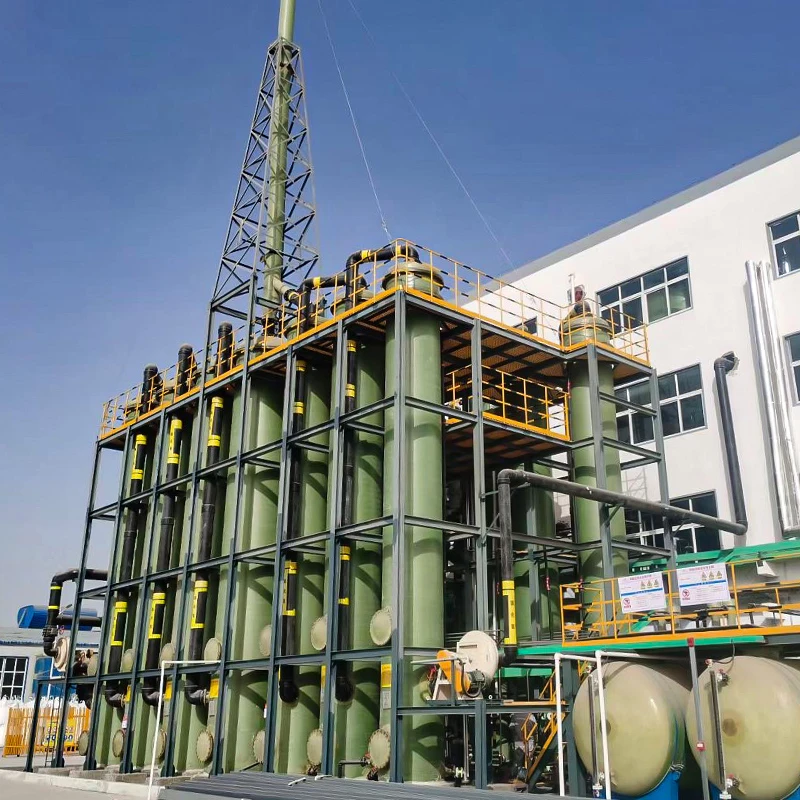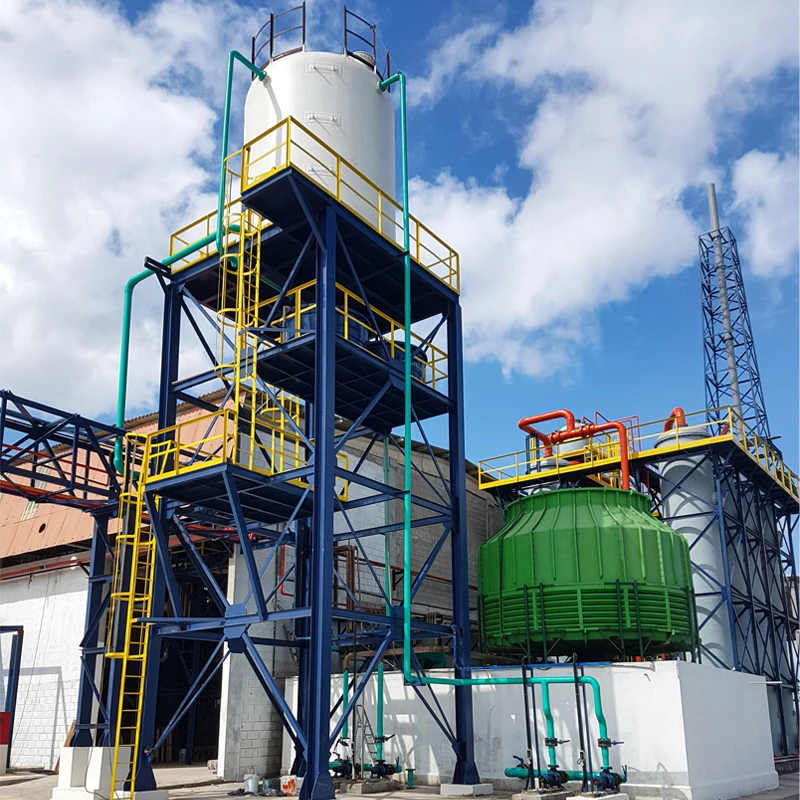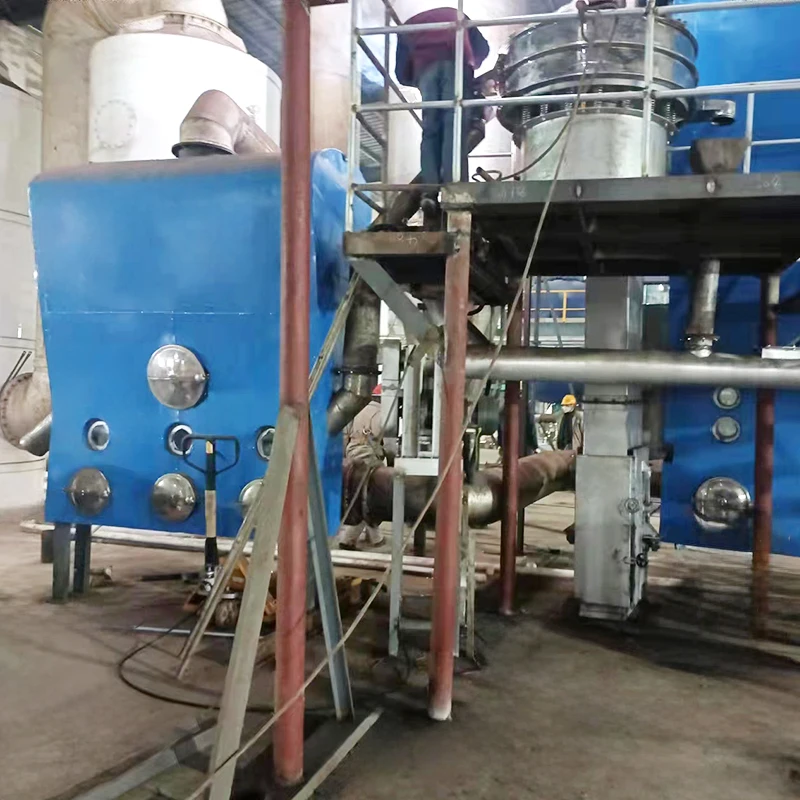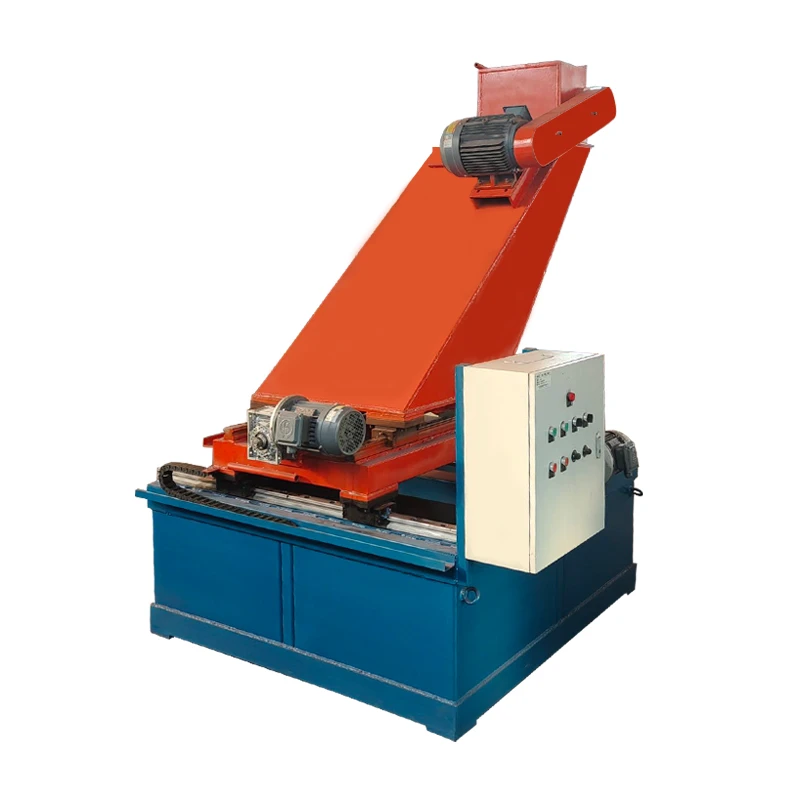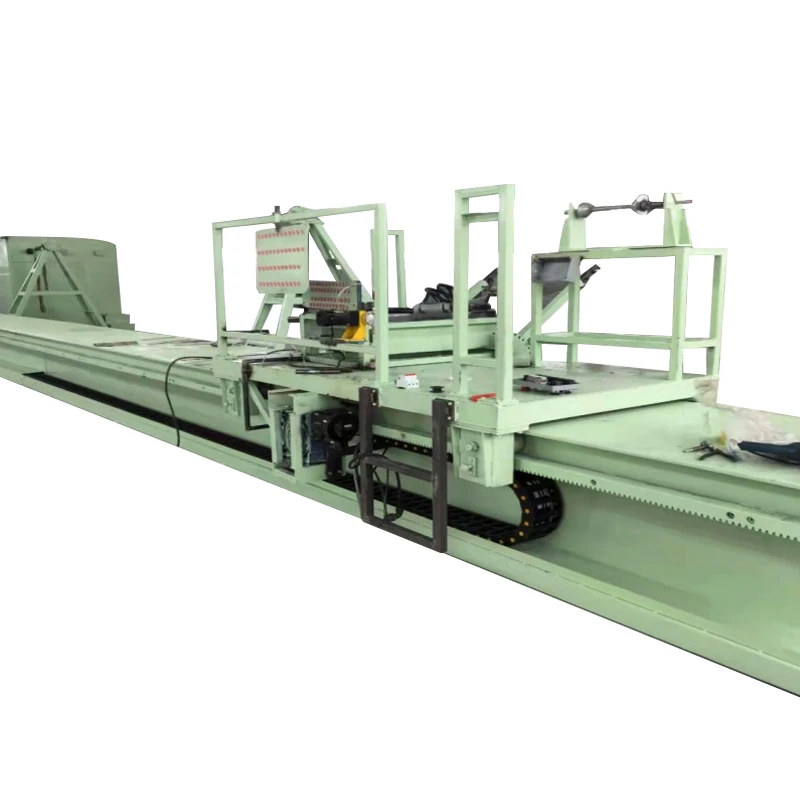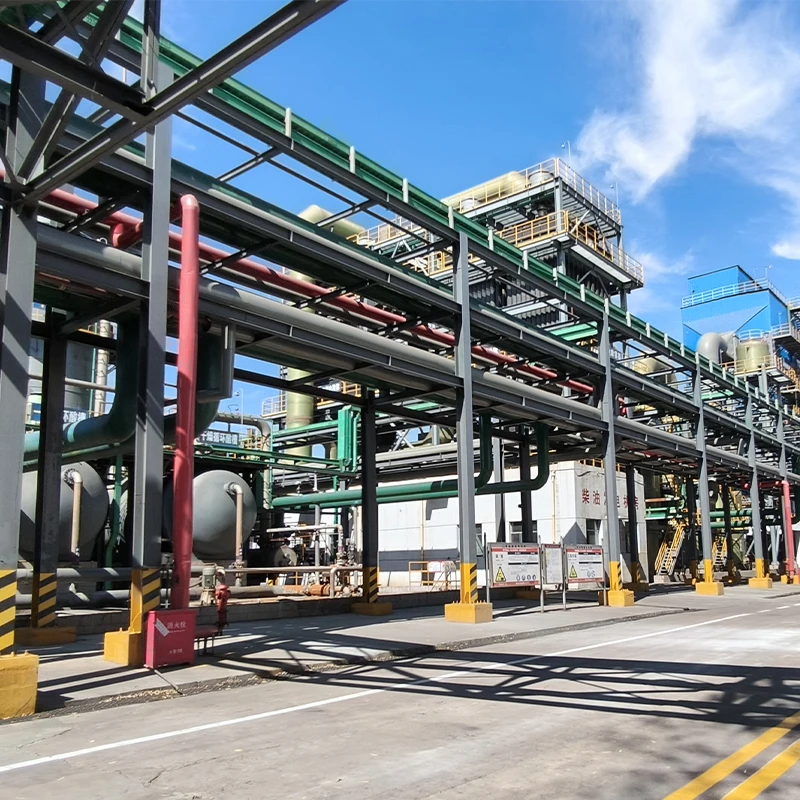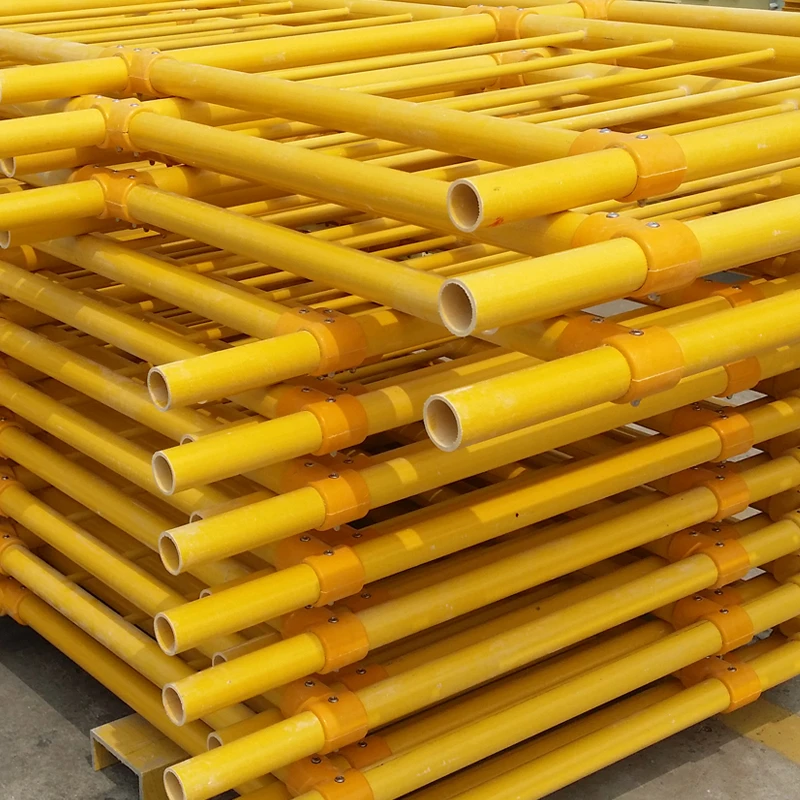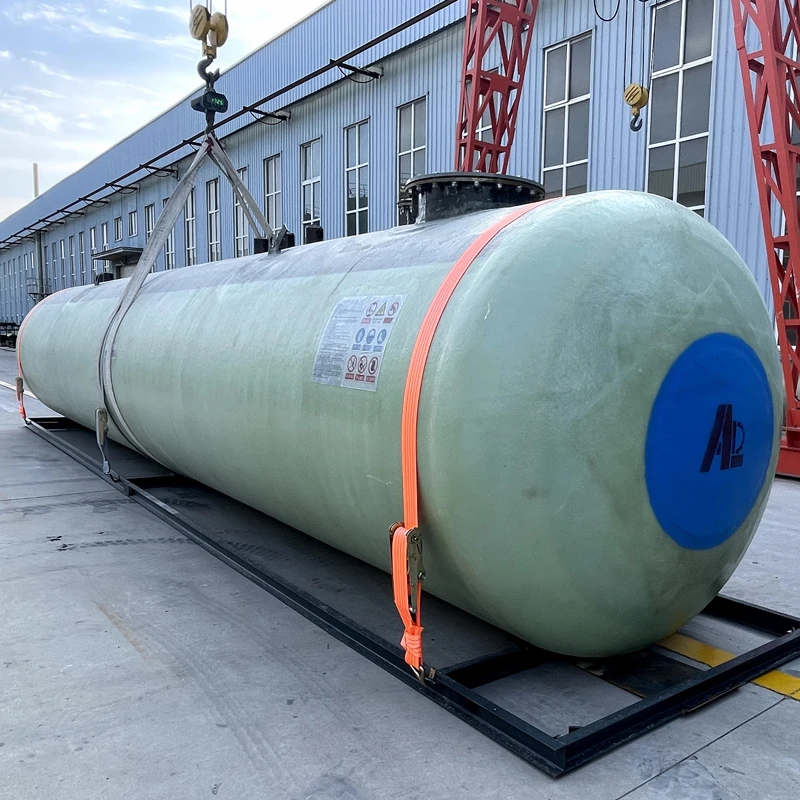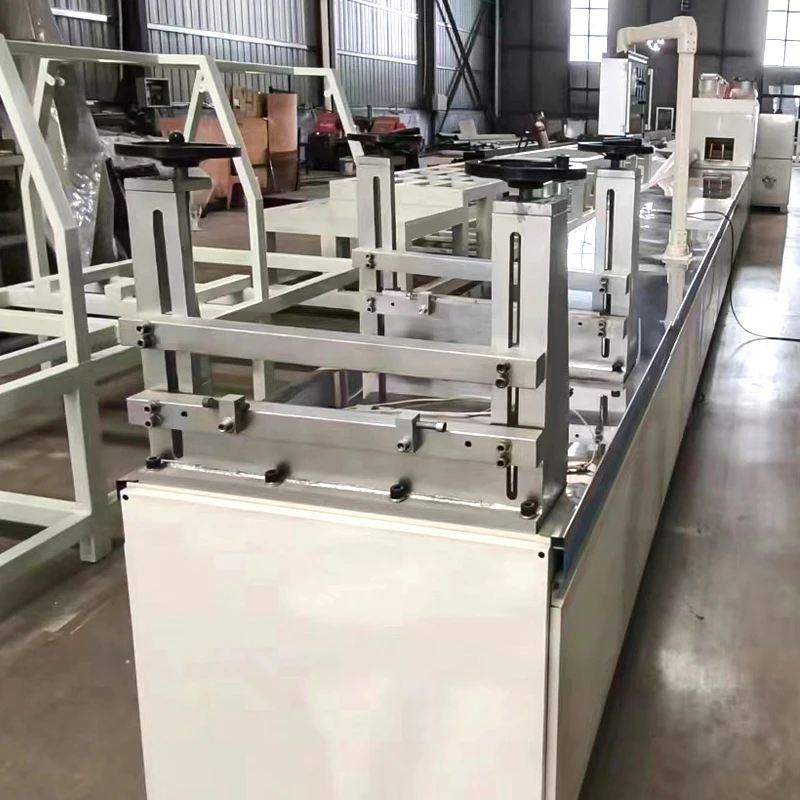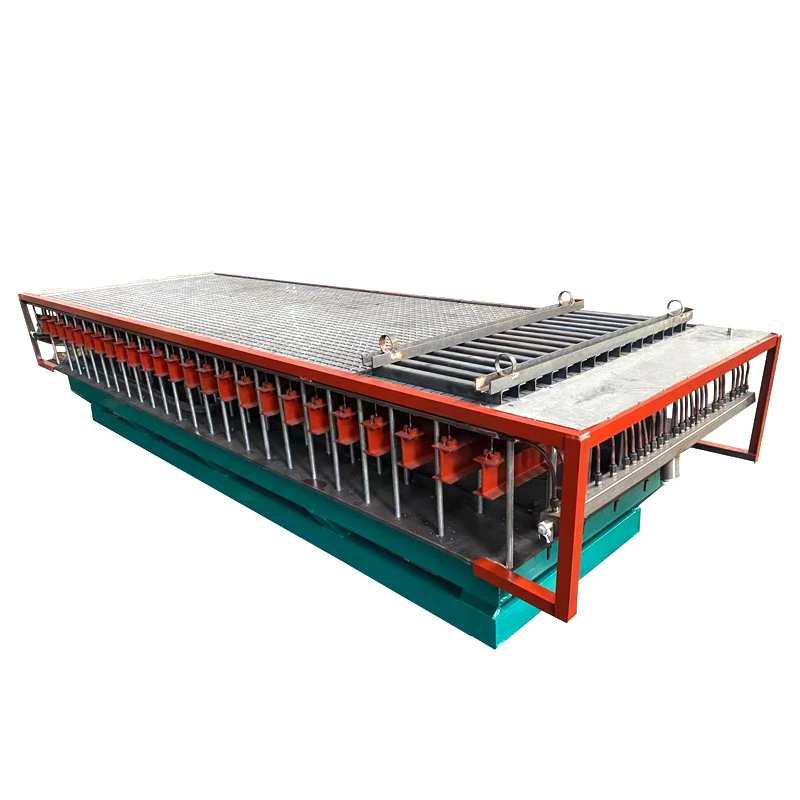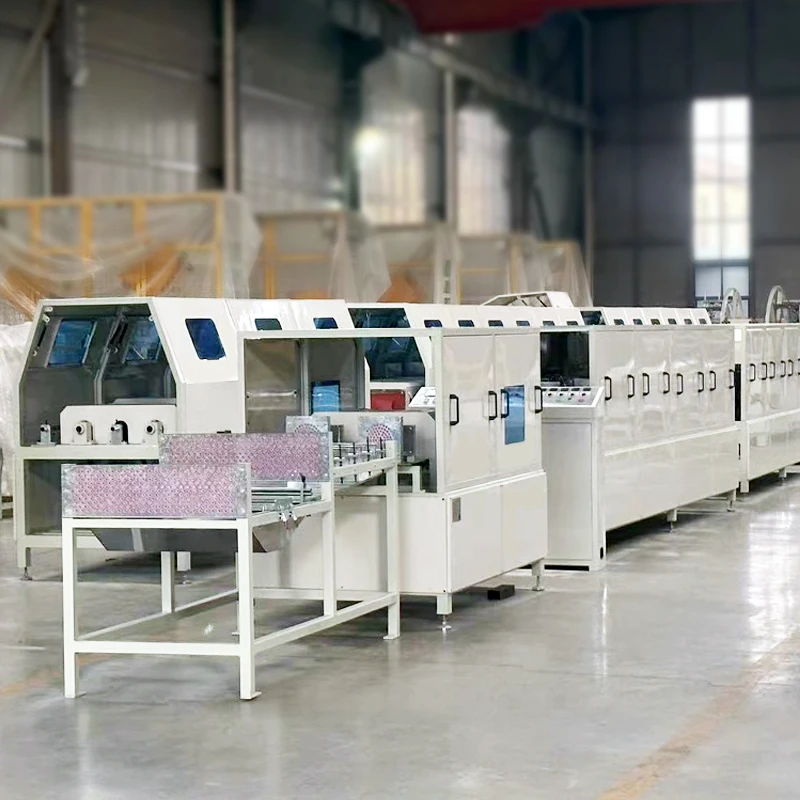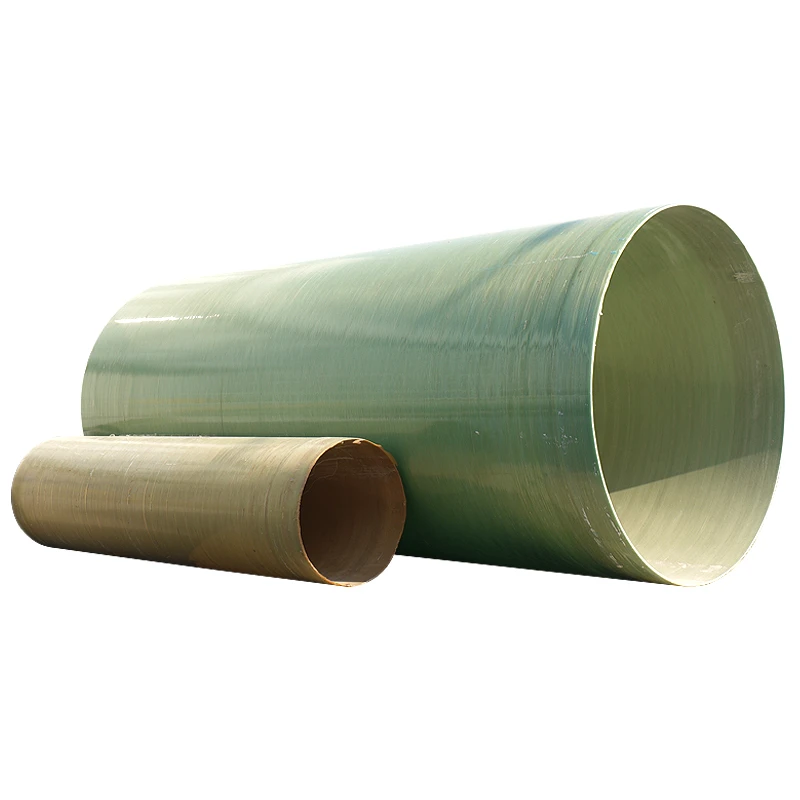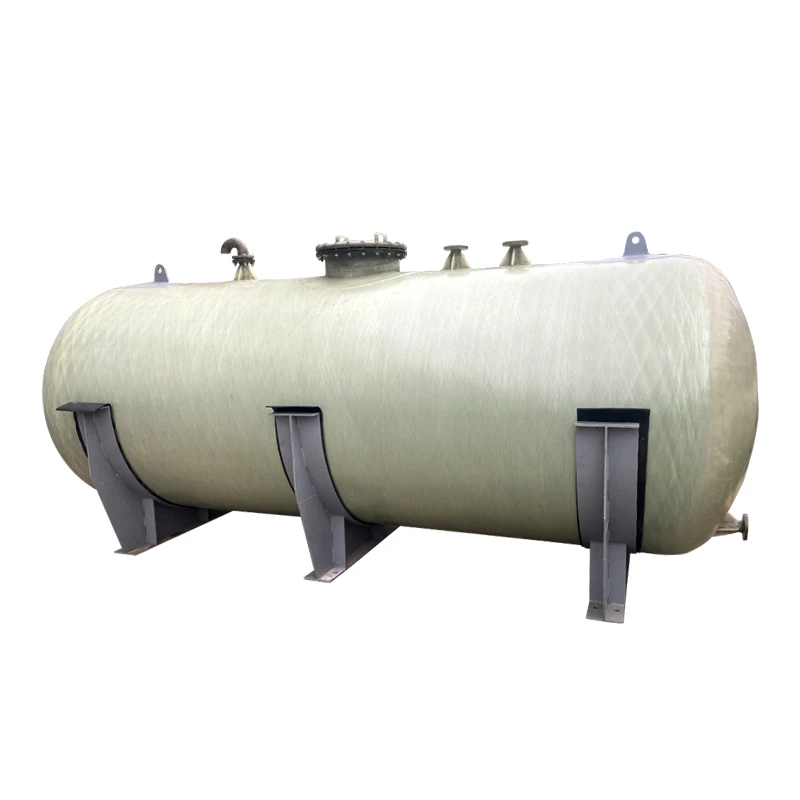Five Major Advantages And Applications Of Frp
FRP (Fiberglass Reinforced Plastic) is a common environmentally friendly material used in the manufacturing of equipment. Its full name is fiberglass reinforced resin, and it possesses many advantages that other new materials do not have.
FRP is made by combining environmentally friendly resin with fiberglass strands through a special processing technique. Once the resin cures, its performance stabilizes and cannot revert to its pre-cured state. Strictly speaking, this resin is a type of epoxy resin. After years of chemical improvements, and with the addition of the appropriate hardeners, the resin will cure within a specific period. After curing, the resin becomes non-toxic and exhibits a number of characteristics that make it ideal for environmentally friendly applications.
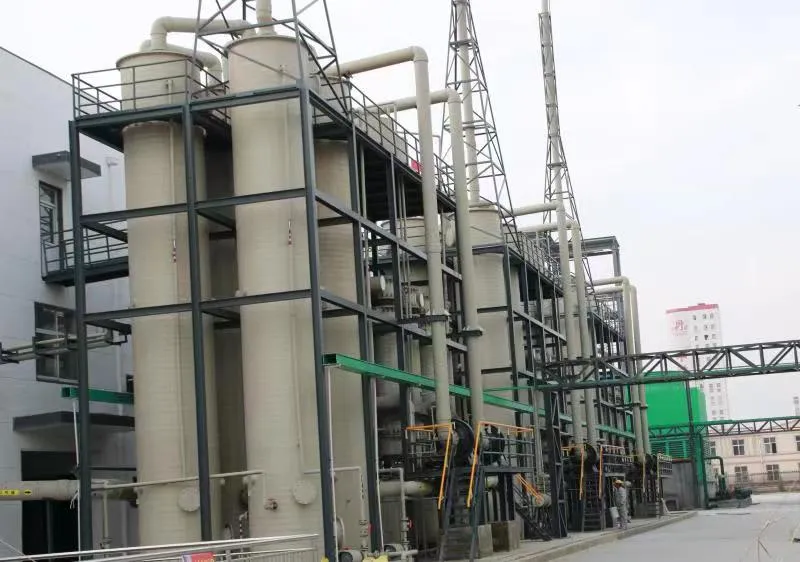
Significant Advantages of FRP
- 1、High Impact Resistance
FRP possesses excellent elasticity and a highly flexible mechanical strength, enabling it to withstand significant physical impacts. It can also endure long-term water pressures ranging from 0.35 to 0.8 MPa, making it ideal for the production of filter sand tanks. With the help of high-pressure water pumps, FRP can quickly separate suspended particles from water by isolating them on the sand layer. Furthermore, FRP's mechanical strength is approximately five times higher than that of engineering plastics at the same thickness.
- 2、Excellent Corrosion Resistance
FRP is highly resistant to both strong acids and alkalis, making it perfect for industries such as chemicals, medical applications, and electroplating. It is used to manufacture pipes that can handle strong acids, and laboratories use FRP to create containers for storing corrosive substances. Additionally, due to the alkaline nature of seawater, FRP is used to produce equipment like protein separators. Apart from using seawater-resistant PP plastic, FRP can also be used for such equipment, provided the mold is created in advance.
- 3、Long Service Life
Glass itself does not have a lifespan issue, as its primary component is silicon dioxide (SiO2), which does not undergo aging under natural conditions. Moreover, high-grade resins typically have a lifespan of at least 50 years under natural conditions. Therefore, FRP products such as fiberglass storage tanks used in industrial aquaculture do not have any significant lifespan concerns.
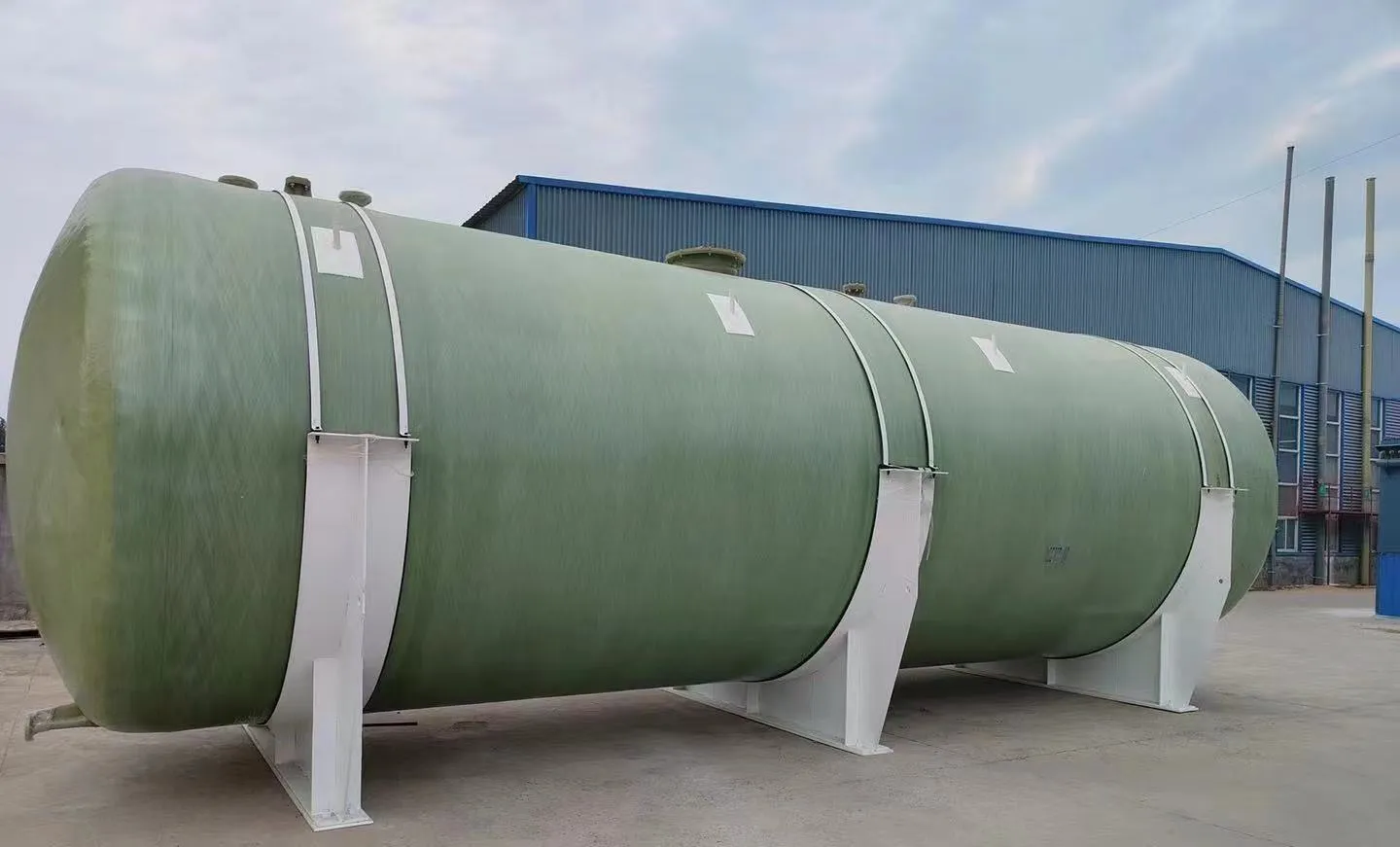
- 4、Lightweight
The main component of FRP is resin, which has a density lower than water. For example, a fiberglass hatchery tank with a diameter of 2 meters, a height of 1 meter, and a thickness of 5 millimeters can easily be moved by one person. In long-distance transportation for aquaculture, fiberglass fish tanks are especially popular because they are not only strong but also convenient to handle during loading and unloading.
- 5、Customization Based on Customer Needs
Generally, FRP products require specific molds during production. However, the production process allows for flexible modifications based on customer requirements. For example, a fiberglass fish tank can be customized to have inlets, outlets, or overflow openings in different locations according to the customer's specifications. The resin is sufficient to seal these openings, and the modification is highly convenient. The resin solidifies over a period of several hours, providing the flexibility for manual operations to create different products.
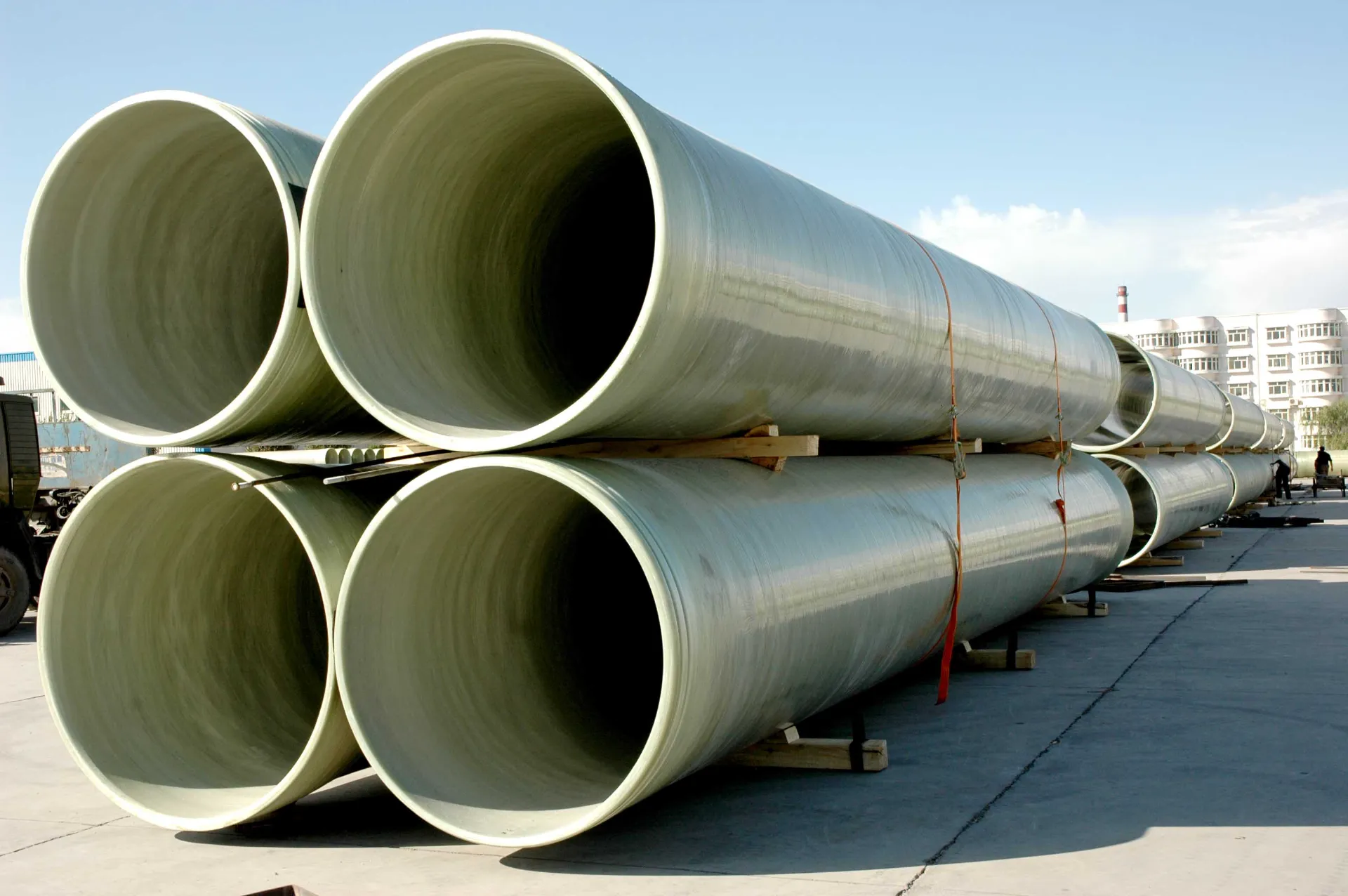
Due to these numerous advantages, FRP products are becoming increasingly important in the environmental industry. Thanks to their long service life, the long-term usage cost of FRP products is minimal compared to plastic and metal products. As a result, we will continue to see FRP products being used in more and more applications.
Applications of FRP (Fiberglass Reinforced Plastic)
Construction: Cooling towers, building structures, doors and windows, sanitary ware, prefabricated bathrooms, and solar energy systems.
Chemical Industry: Corrosion-resistant pipes, storage tanks, pumps, valves, and wastewater treatment equipment.
Transportation: Automotive bodies, bus and truck components, fire trucks, refrigerated trucks, train window frames, and certain railway equipment.
Marine: Boats, yachts, speedboats, lifeboats, and marine buoys.
Electrical & Communication: Arc extinguishing equipment, cable protection, insulators, and electronic components like PCBs and antennas.
Conclusion
With its unique properties, including high strength, corrosion resistance, and long service life, FRP is an increasingly popular material across diverse industries. Its versatility and cost-effectiveness make it an excellent choice for a wide range of applications, offering durable solutions for both industrial and environmental needs.

